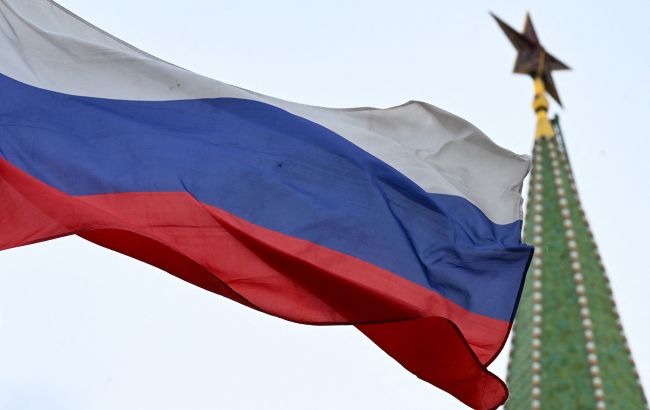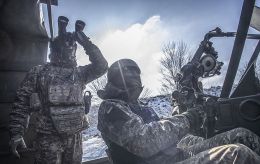Russian producing activity highest since 2017, study says
 Russian producing activity highest since 2017 (Getty Images)
Russian producing activity highest since 2017 (Getty Images)
In December, Russia's factories were more active than they have been in almost seven years, a recent S&P Global study shows. The Manufacturing Purchasing Managers' Index, or PMI, index hit 54.6, the highest since January 2017, according to Reuters and Business Insider.
Output surged at its most rapid rate since May, driven by intense customer demand and a consistent rise in new orders. However, new export orders declined for the second consecutive month, experiencing the fastest decrease since July.
"Greater client demand was largely focused on the domestic market, however, as new export orders fell for the second month running," S&P Global states. "Fewer customer requests from clients in key export markets led to the fastest fall in new business from abroad since July."
In general, growth in new orders during December was credited to an increase in customer base, the introduction of new products, and the availability of higher-quality items for sale.
Most of the activities came from local demand, as international orders fell due to fewer requests from key markets. Russia has been investing a lot in manufacturing, especially in defense, following its full-scale invasion of Ukraine in February 2022.
Even with a shortage of workers (unemployment is super low at 2.9%), companies are hiring more people to handle the increased workload. "Confidence stemmed from planned investment in new products and machinery," S&P Global notes.
Sanctions against Russia
After Russia launched an unprovoked massive invasion of Ukraine, Western states began imposing economic sanctions, among others, hoping to weaken Russia's economy and hinder its ability to produce war-related goods.
Although Western sanctions on the Russian bank sector, exports, ban on selling specific items, oil price cap, and the high cost of imported goods, because of a weak ruble and inflation, the Russian war machine didn't stop functioning and even grew its capacities, according to New York Times.

